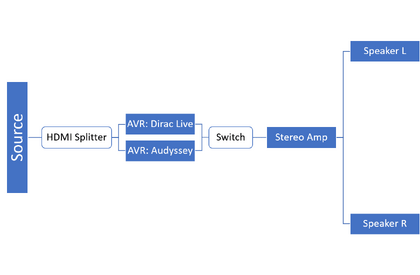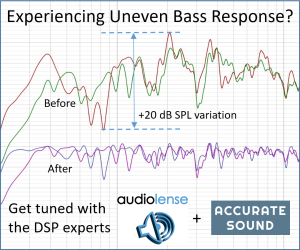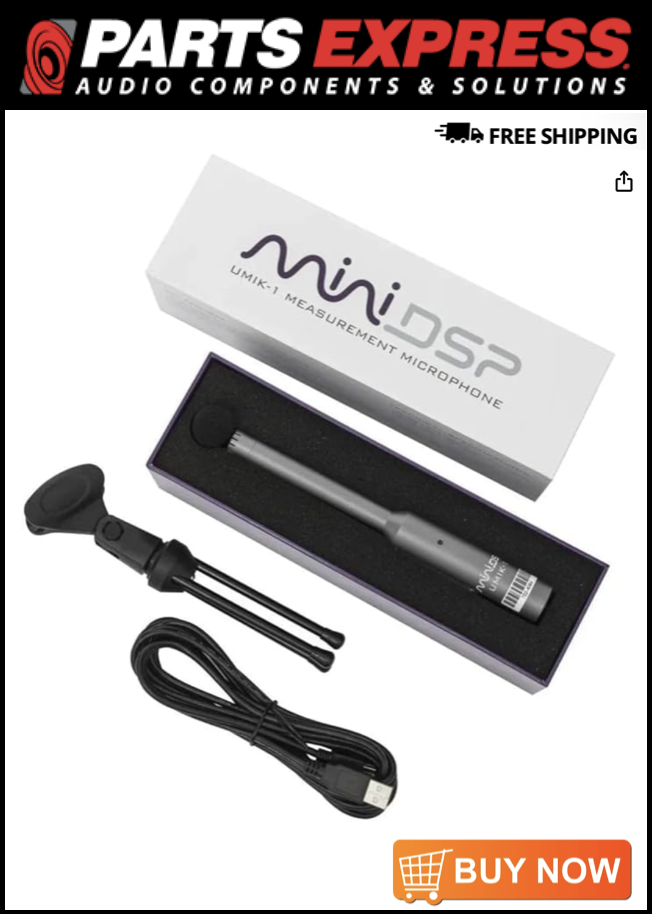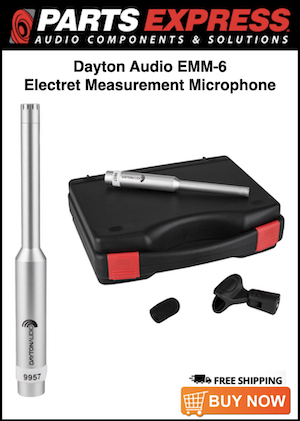Eric SVL
Member
Thread Starter
- Joined
- May 1, 2017
- Posts
- 173
More
- Preamp, Processor or Receiver
- Denon AVR-X4500H
- Main Amp
- Hypex NCore NC252MP
- DAC
- Micca OriGen G2
- Computer Audio
- iLoud MTM
- Universal / Blu-ray / CD Player
- Sony PS3, PS4
- Streaming Equipment
- Google Chromecast
- Streaming Subscriptions
- GIK Tri-Traps
- Front Speakers
- Buchardt S400
- Surround Speakers
- Polk LSiM 702
- Front Height Speakers
- Focal Chorus OD 706 V
- Rear Height Speakers
- Focal Chorus OD 706 V
- Subwoofers
- Rythmik
- Other Speakers
- ELAC Debut Reference DFR52
- Screen
- Samsung PN64H5000
Would there be interest in an objective and subjective analysis of Audyssey XT32 and Dirac Live?
Target curves would be made identical. Measurements would be taken before and after.
Goal is to see which achieves smoother results and which gets closest to the desired target.
Then, instant switching to determine if the differences are audible and to relate them to the graphs.
Equipment diagram attached as I currently see it.
Target curves would be made identical. Measurements would be taken before and after.
Goal is to see which achieves smoother results and which gets closest to the desired target.
Then, instant switching to determine if the differences are audible and to relate them to the graphs.
Equipment diagram attached as I currently see it.













